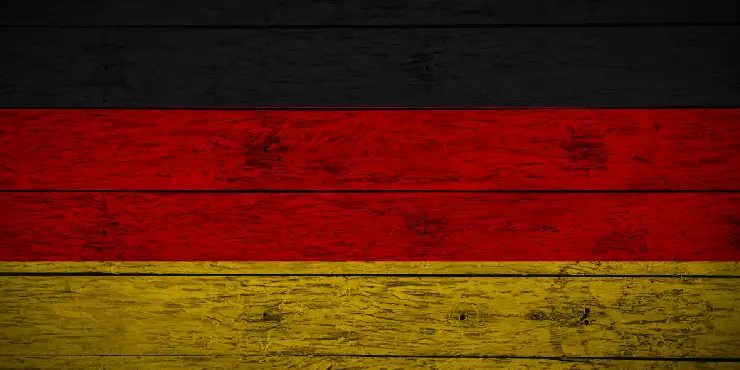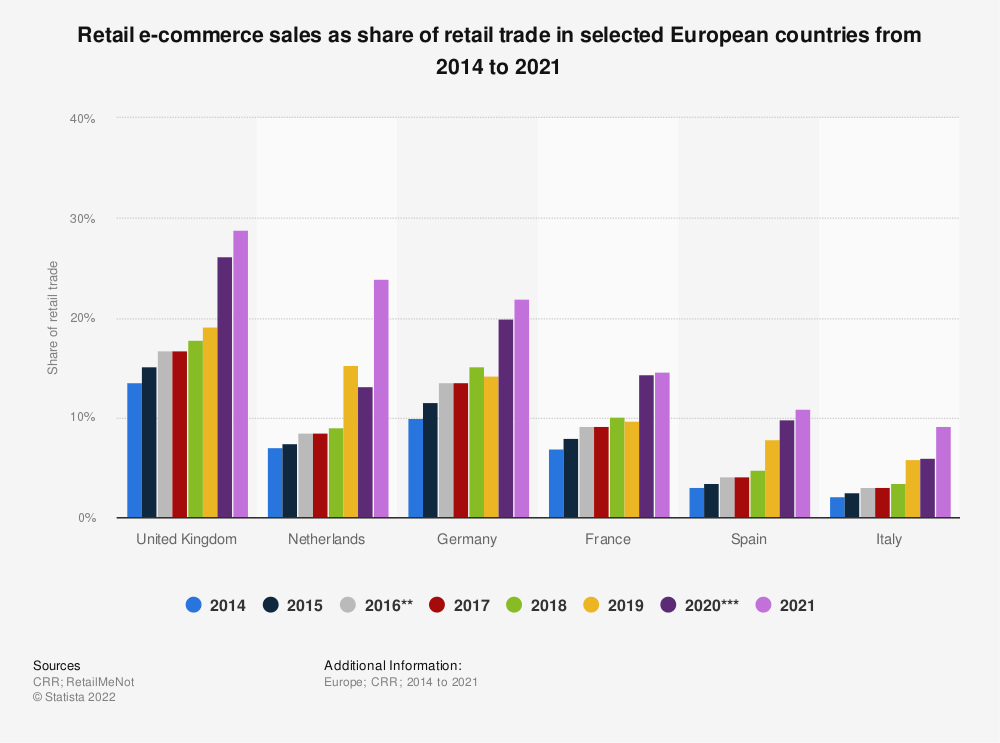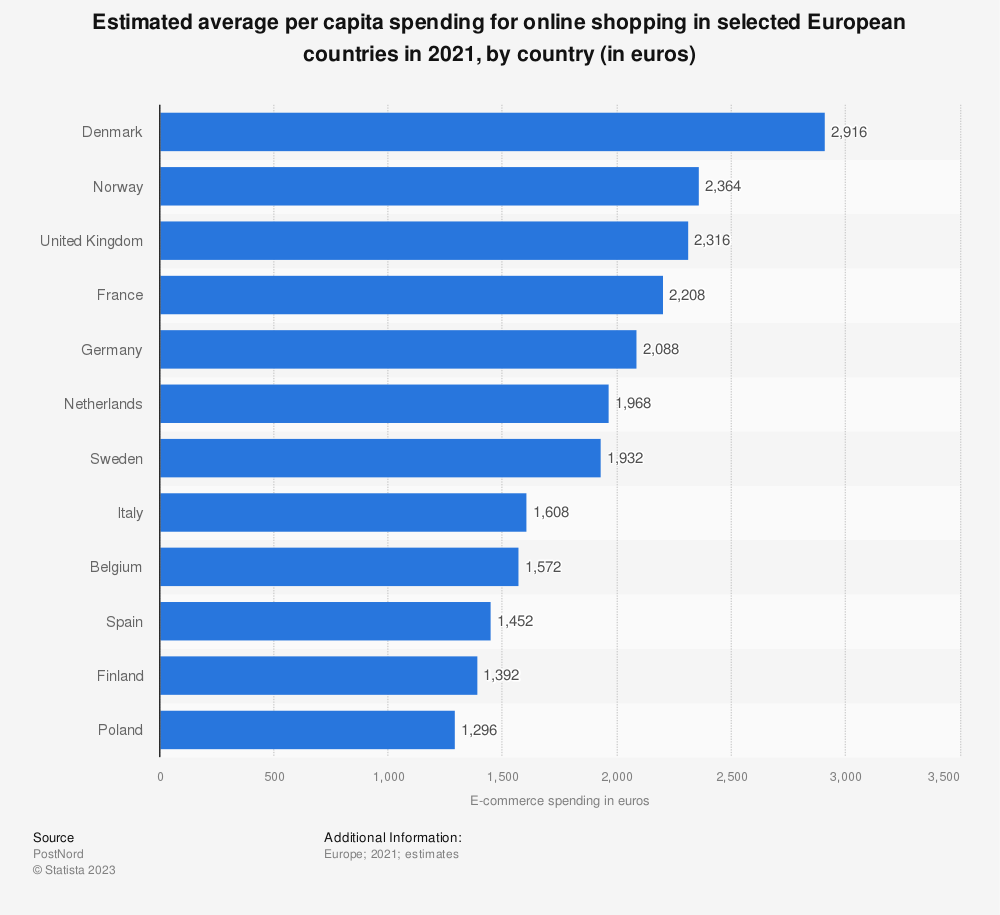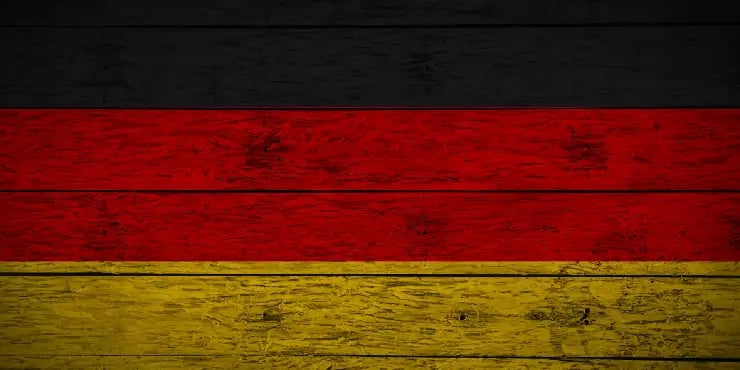SEO Tips for E-commerce: Improve Your Online Shop's Ranking in Google
SEO is an important tool for e-commerce businesses to bring in new customers. Here are the best tips for your online shop to rank higher in Google.

E-commerce in Germany is more popular than it has ever been. If you have an e-commerce business and are looking to expand into other markets, Germany should be a big focus for you, especially if your business is based in Europe. Let’s have a look at what stands out.
Before we continue, you may want to download our E-commerce Market Analysis: Germany whitepaper (updated for 2023!) for a deeper look at the Germany market. Click below for more details:
Otherwise, you’ll find the following info in this article:
Table of contents:
Even though the UK and Germany are not far from each other, there are a number of differences you’ll need to keep in mind if you want to sell in Germany.
For example, Germans are known for their formality. They use the formal “you” (Sie) when speaking to people, especially when it comes to people in a position of authority or strangers.
Another aspect you should keep in mind is that many German companies and organisations have strong hierarchical structures. As you might know, they are also known for their punctuality.
With all that in mind, let’s have a look at the e-commerce sector and the German online shopper!
In this section, we’ll compare the German e-commerce market to its European neighbours. Let’s begin by looking at the percentage of retail sale that go to e-commerce.
In the chart below, you can see that as of 2021, the UK is hovering at nearly 30% of retail trade. In second place, we see the Netherlands nearing 25%. In third place is Germany, where that number is around 22%. Those numbers start to dip down after the top 3.
Considering the Germany’s population (~84 million), it’s clear Germany carries a lot of potential for international companies looking to expand internationally.

Source: Statista
In this next chart, we can see Germany is also in the top 5 of per capita spending. With Denmark, Norway, and the UK taking the top 3 positions, France and Germany round out the top 5, all with estimates of over €2,000 being spent online per year.

Source: Statista
In this section, we’ll have a closer look at what’s happening inside the German e-commerce market.
In the B2C world, e-commerce revenue has gone up steadily over the last 20+ years. The biggest bumps have occurred in 2020 during the early stages of the pandemic. That number jumped from €59.2 billion in 2019 to €72.8 billion in 2020.
Those numbers continued to grow in 2021 (€86.7 billion) and in 2022, estimates show that number at €97.4 billion. It’s only a matter of time until the €100 billion threshold is crossed.
Germany might be well known for its lovely Christmas markets, but Christmas shopping is also incredibly popular – especially with regards to Black Friday.
In fact, Black Friday (and the Saturday after Black Friday) are two of the most popular shopping days of the year in Germany. The 2nd Saturday of December rounds out the top 3.
Black Friday might fall on the same day in every country, but did you know other popular holidays don’t fall on the same day. For example, Mother’s Day can fall on different days in different countries.
If you sell internationally, we want to offer you our European calendars whitepaper. Keep track of the most important e-commerce sales days across the biggest European markets:
As far as the time of day is concerned, Germans prefer to do their online shopping in the evenings, specifically between 8 and 10pm.
Throughout the year, the most popular days of the week to shop online are Saturday, Sunday, and Monday.

Shutterstock/Pixus
Trust in e-commerce is a topic that is important in every market. However, Germans can arguably take this point to another level.
A recent Appinio survey of nearly 2,000 German shoppers revealed that 45% of respondents would abandon their purchase if they didn’t deem the online shop trustworthy.
This can be reflected in the fact that trustmarks have been a part of German commerce for decades. The Stiftung Warentest has been around since the early 60s, giving consumers insights into many products. However, this certification cannot be requested. They are chosen at random and can cost a lot of money when it comes to using their logo for marketing purposes.
In the world of e-commerce, the Trusted Shops Trustmark with the Buyer Protection is incredibly popular in Germany. Founded in 1999, Trusted Shops has a brand awareness of 77% in the German market.
Germany has been a constant economic force in Europe for decades. With a large population and steady moves towards digitisation, it is definitely one of the most interesting markets for e-commerce expansion. For a deeper look at our German e-commerce analysis, make sure to download our whitepaper.
26/04/23SEO is an important tool for e-commerce businesses to bring in new customers. Here are the best tips for your online shop to rank higher in Google.
Valentine's Day has grown in popularity across Europe. We're sharing some romantic statistics (redundant, right?) and look at 9 marketing tips for V-day.